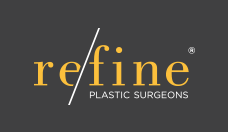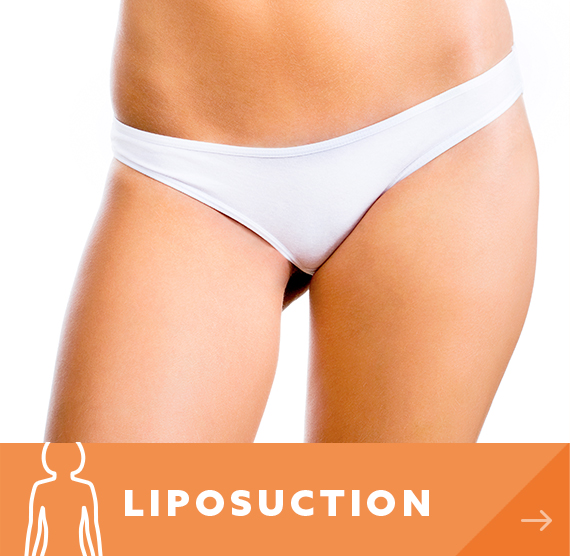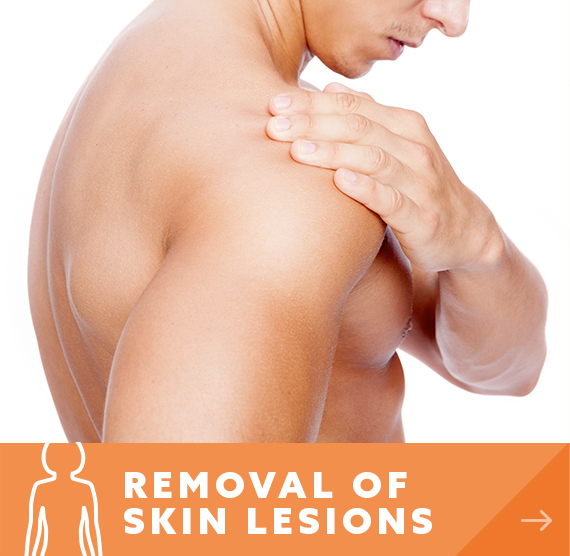The operation of fat grafting may be performed in isolation, for example in treating breast asymmetry, or form part of a surgical plan to address facial ageing where other procedures are also planned. Commonly the surgery involved requires a light general anaesthetic however, in cases where only small volumes of fat are required the procedure may be undertaken under a local anaesthetic as an outpatient.
The fat may be removed from a number of places however, the most common sites are the hips and/or lower abdomen.
The skin wounds at the donor sites are closed with fine absorbable sutures and the resulting scars are only a few millimetres in length.
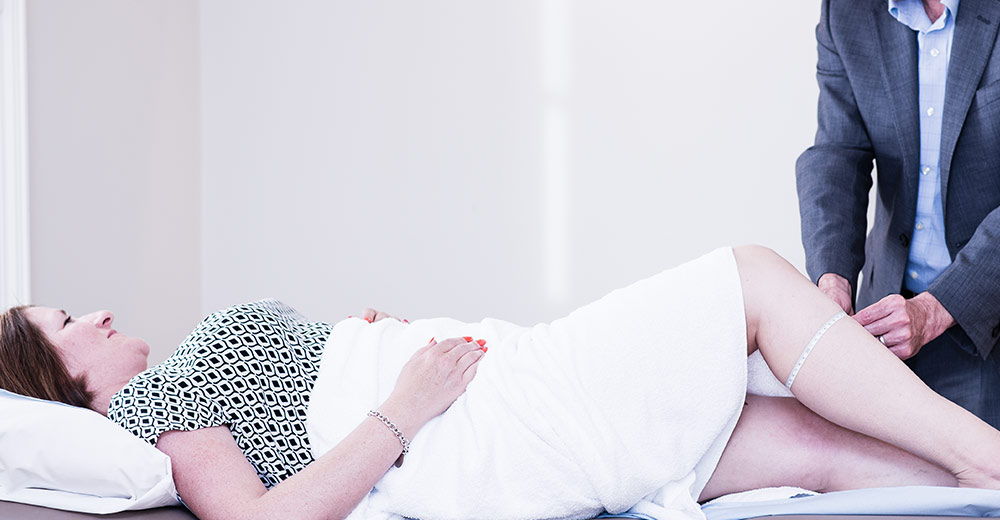
Fat Transfer Procedure
Human fat has a number of roles in the body and within cosmetic surgery can prove very helpful in restoring volume for example to the face, breasts and buttocks. Facial ageing often results in thinning of the tissues and fat transfer can help reverse this change. The technique can also be used to help soften facial lines. Larger volumes of fat can be successfully transferred to areas such as the breast or buttock for volume enhancement. There is much interest currently in the role of ‘stem cells’ in improving the quality of local tissues following fat grafting procedures. Further research is required before we fully understand this process and how to harness the benefits.
Fat grafting is also a very powerful tool in the hands of reconstructive breast surgeons who help restore breast shape and symmetry following treatment for breast cancer.
It is recognised that on average half of the transferred fat survives long term in its new location. However, the percentage of fat which survives is variable between 20 and 80%.
Fat Transfer Process
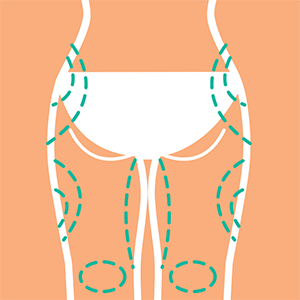
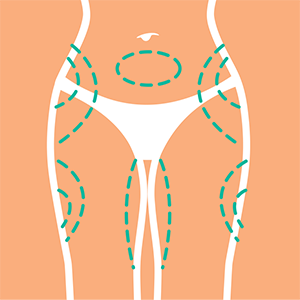
Fat Transfer Aftercare
Following discharge from hospital simple pain killers are usually all that is required. Bruising and discomfort at the donor site (the location the fat was taken from) is common and will depend on the volume of fat removed. There will be some swelling at the recipient site (where the fat was transferred to) for some weeks.
Often a week or two away from work is advised and a return to driving may best be deferred for slightly longer dependent on the speed of your recovery. A follow-up appointment will be arranged by the hospital to see the specialist plastic surgery nurses initially and thereafter a review appointment with your plastic surgeon will be scheduled to ensure all is well and that you are happy with your result.
Are there any risks?
All surgery incurs an element of risk such as bleeding, infection, pain and swelling. The risks of fat grafting will also include an element of uncertainty as to how much of the transferred fat will survive long term. As a guide it is often considered that half will remain with the other half being dispersed by the body. All of the risks associated with your surgery will be discussed with you in detail during your consultation when you will be given plenty of time to ask questions.
Will I need further treatment?
This will depend on how much of the transferred fat is retained by your body and the magnitude of the volume enhancement required. High volume fat grafting procedures to the breasts or buttocks may need to be repeated to achieve the desired outcome and this will incur additional cost.
Will I be covered if something goes wrong?
Our 'inclusive care' policy is such that if there is a complication or adverse outcome from surgery (unrelated to fat graft survival) within the first year then we can provide any further treatment required at no additional cost to you. Fat graft survival is unpredictable and we are unable to offer any guarantee of outcome in this regard.
Find Out More
Procedure Data Capture
If you would like to learn more about this procedure, simply provide your details in the form below and we'll send you a downloadable PDF with more information.
